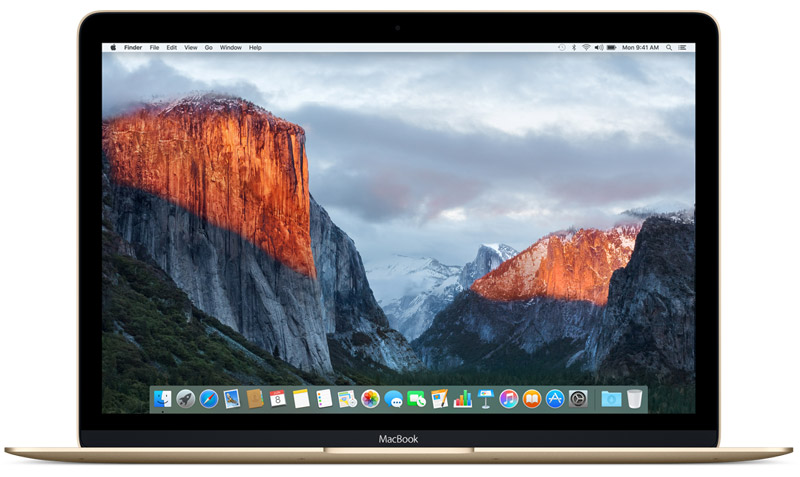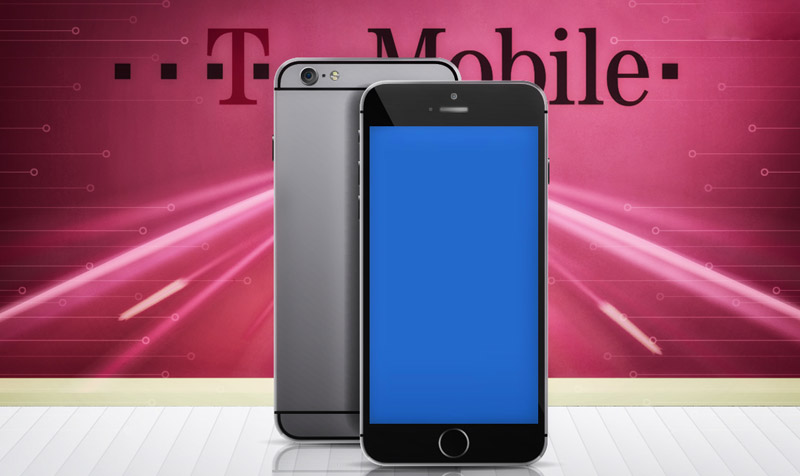Less than a week after the official end of support for Windows Vista, Microsoft refused to upgrade the operating systems Windows 7 and Windows 8.1 on computers with new processors. We are talking about PC based Intel chips and AMD Kaby Lake Ryzen.
Microsoft is starting to refuse to update support for proprietary operating systems installed on computers with modern processors such as Intel Core seventh generation (working title Kaby Lake) and AMD Ryzen. When you try to upgrade to Windows 7 and 8.1 reported about blocking updates, for the reason that “your PC has the processor developed for the latest version of Windows”. Microsoft indicates that the chip can not be operated with the version, so the OS will be left without security updates. This forces the user or to upgrade to Windows 10, or to settle for the lack of updates.
Microsoft representatives claim that to complete the work most recent processors require Windows 10, as the old version just can’t provide the correct work and functioning. Also, as stated, Windows 7 does not support a number of other new technologies out of the box: USB 3, NVMe, TRIM, etc. For new technology requires not only the driver, but also the processing of the OS kernel that the company will definitely not do, as the main support for these platforms is completed.
Microsoft has announced a new policy in January 2017, and then a few it reviewed: processors Kaby Lake and Ryzen, and all the new processors that were released after them, will be maintained on a regular basis only under Windows 10. For Windows 7 and 8.1 will only support processors older families: making further additions to the compatibility lists frozen.
Users think that this is a marketing move by Microsoft to increase Windows 10, although on the technical side, these actions also make sense. Now Windows 7 is one of the most popular OS in the world – it is installed on 49% of all computers, and Windows 10 is only 25% of the market.
For Windows 7 the restriction of the support introduced from January 2015: the product had to receive security updates only, without any functional updates. Minimize further support with the new processors really fits in with Microsoft and the new policy makes sense.
Windows 8.1 is another matter. The OS is now basically a support period, with the obligations of the updates as security and functional additions. And from this point of view, the refusal to support the latest processors fully supported versions of the OS not really logical, the authors Ars Technica. At least, users of Windows 8.1 can count on the traditional support for five years – as it was previously with other versions of Microsoft OS.
In such a situation to leave Windows 10 as the only fully supported version of OS from Microsoft looks at least strange.






